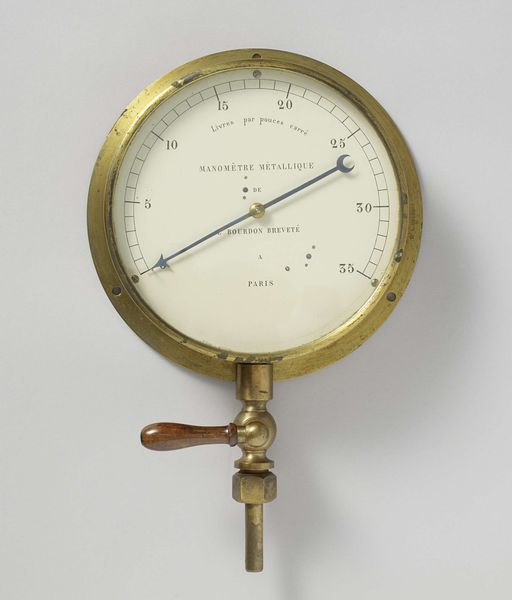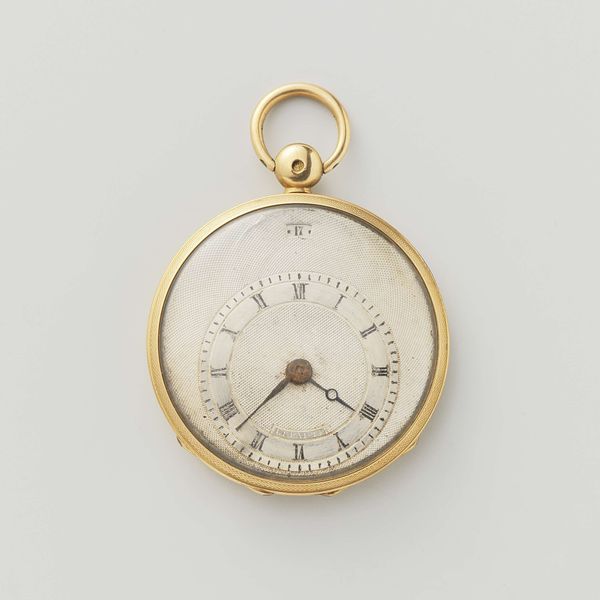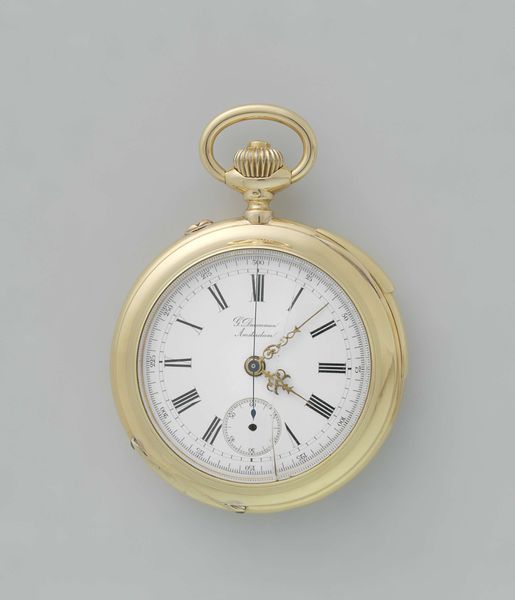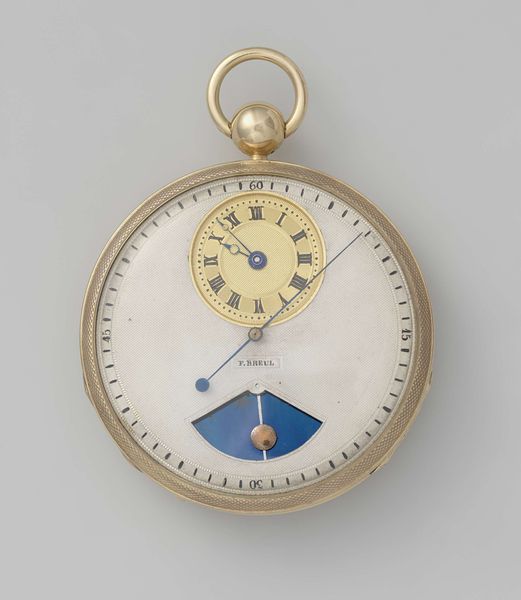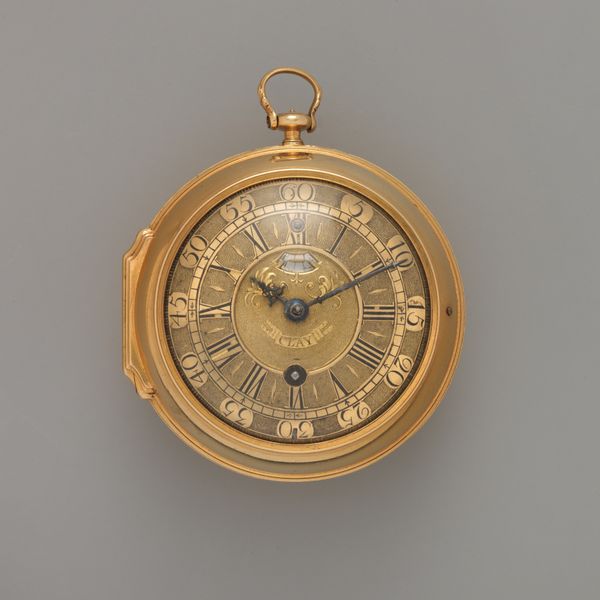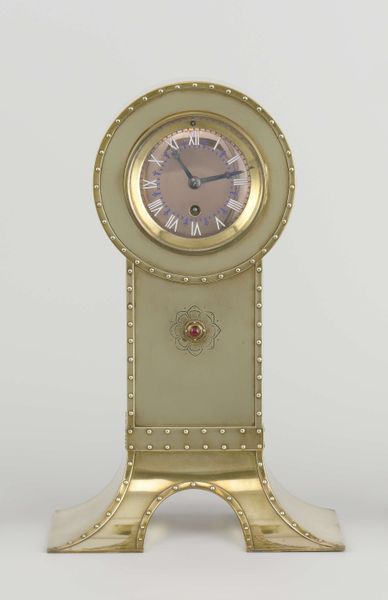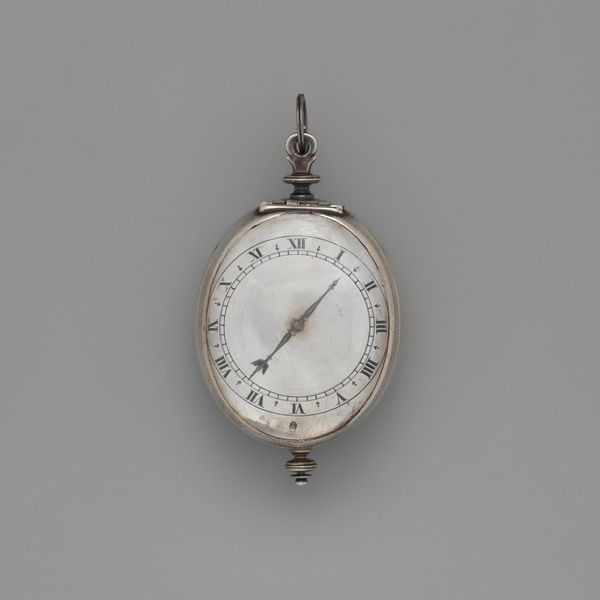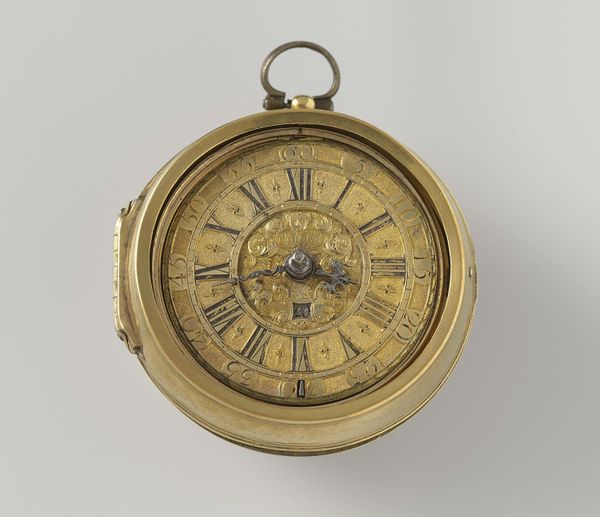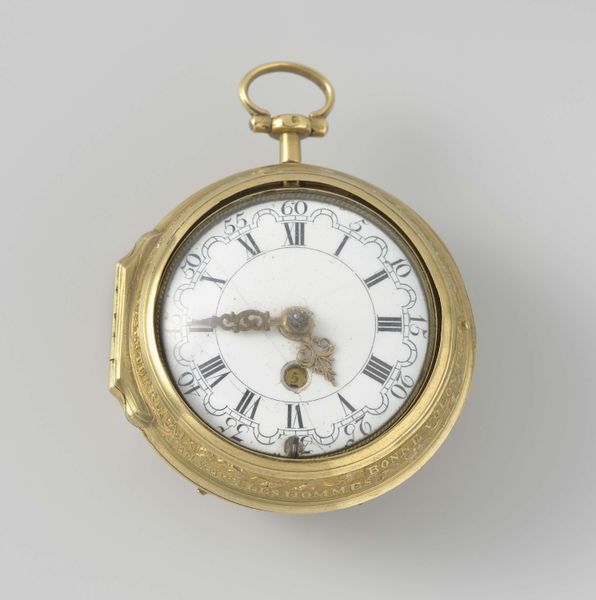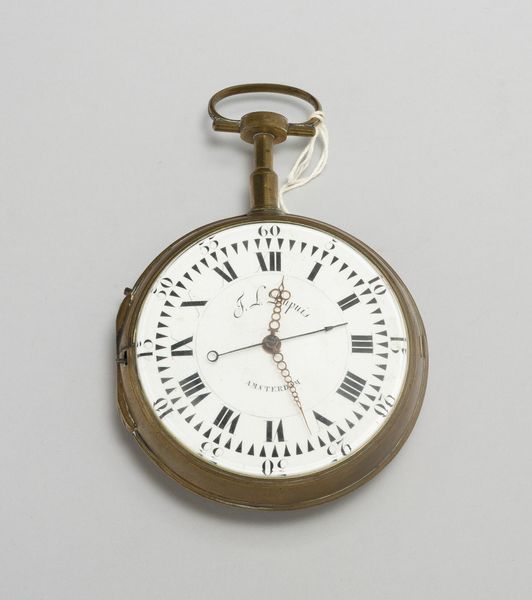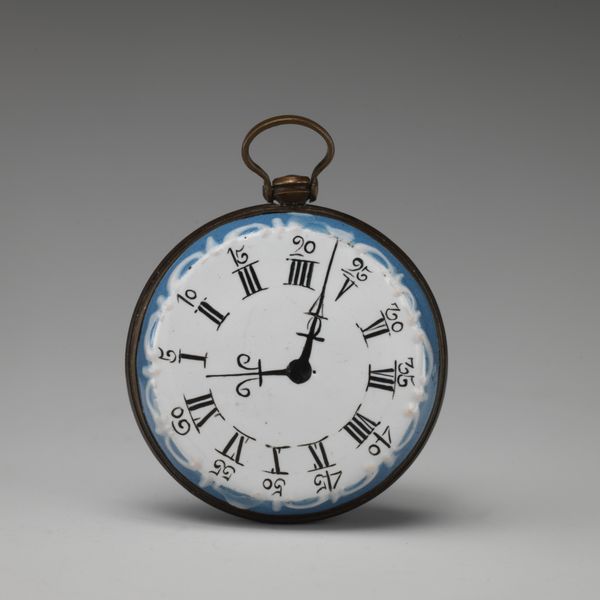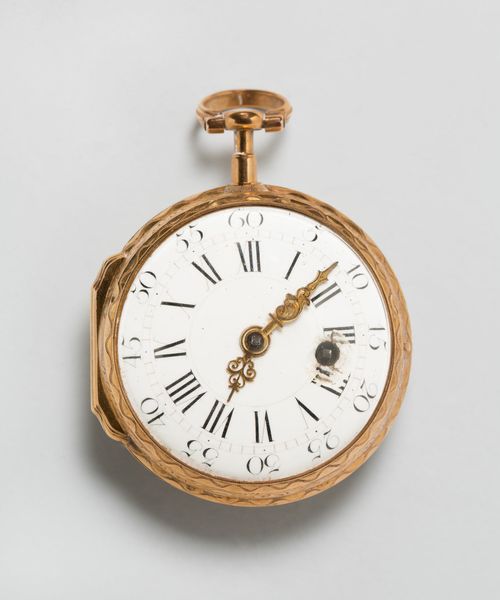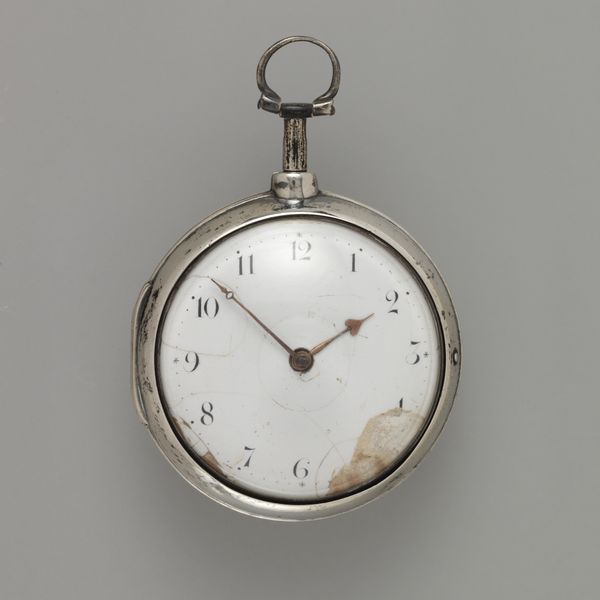
metal, photography
#
still-life-photography
#
metal
#
photography
#
modernism
#
realism
Dimensions: height 4.7 cm, width 31.7 cm, depth 20.5 cm
Copyright: Rijks Museum: Open Domain
Editor: This is E. Bourdon’s "Vacuum Gauge," made around 1860 from metal, through the relatively new medium of photography. It's quite striking how a functional object becomes art, almost like a modernist still life. What catches your eye when you look at it? Curator: What’s fascinating here is how the gauge, a symbol of industrial progress, becomes a subject for artistic representation. Photography, itself a product of technological advancement, is used to elevate this functional object. Consider the social context: industrialization was transforming society, and art began to grapple with its impact, even celebrating its tools. Do you notice how the composition mirrors classical portraiture? Editor: Now that you mention it, it *is* centered like a portrait! How does that choice play into the gauge's "public role", as you mentioned? Curator: Precisely. It subtly elevates the object. Bourdon wasn't just creating a technical illustration, but a visual testament to innovation, accessible to the public. Think of it as a statement about progress—the "subject" is technology and its contribution to society, carefully positioned for admiration. Notice the sharp realism and detailed metallic textures. How do you interpret this attention to detail? Editor: I guess that precision underlines the trustworthiness of this new technology, but presenting it as 'art' makes people more receptive. The gauge almost asks to be believed. Curator: Exactly. And that interplay between trust, technology, and artistic representation says a lot about the era's values. This photograph makes us consider the political implications of image-making and how objects like this vacuum gauge gained significance beyond their function. Editor: I hadn't thought about photography being used to create 'trust'. This makes me look at technology-- and early Modernism-- in a whole new light.
Comments
No comments
Be the first to comment and join the conversation on the ultimate creative platform.
